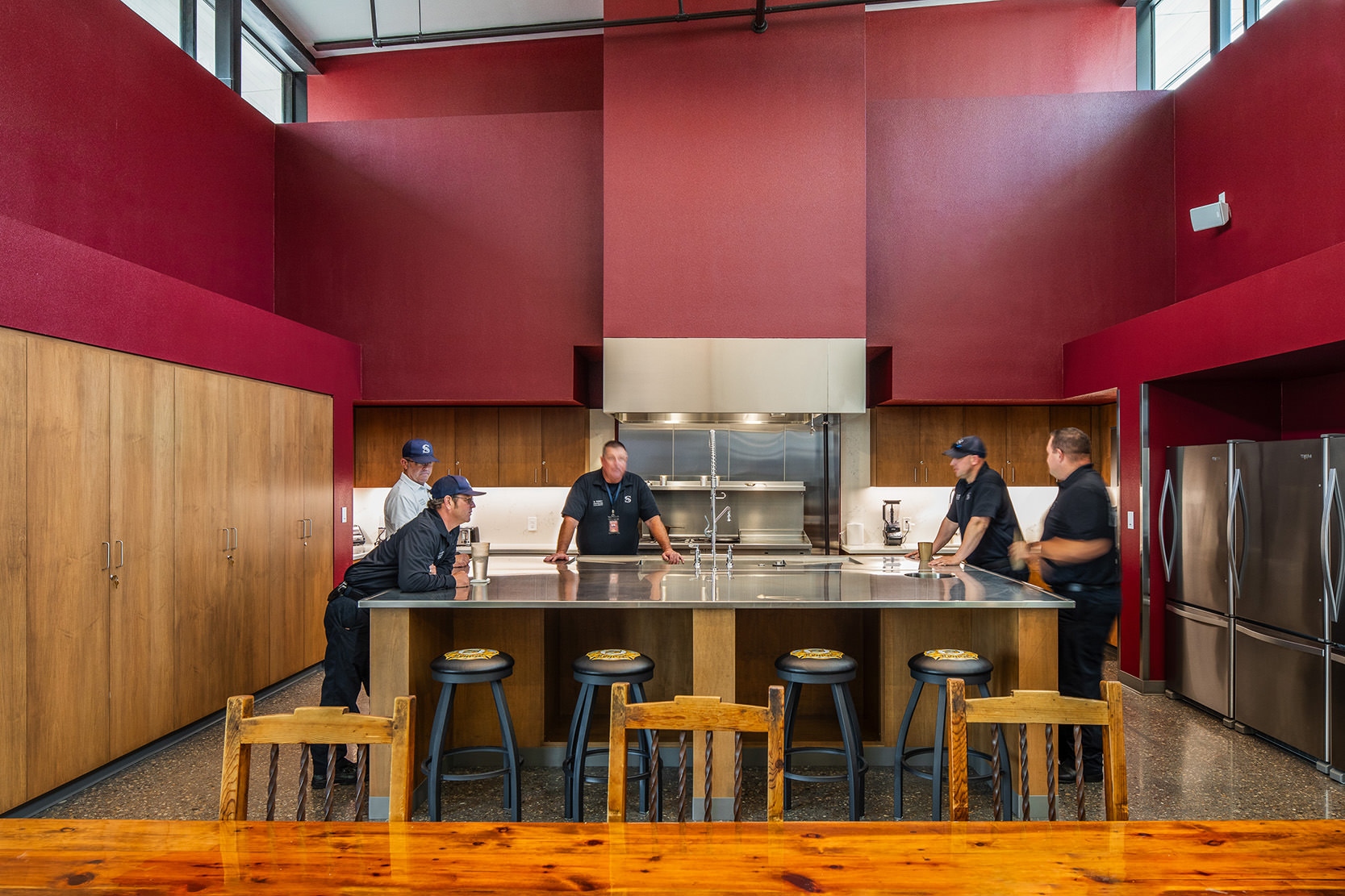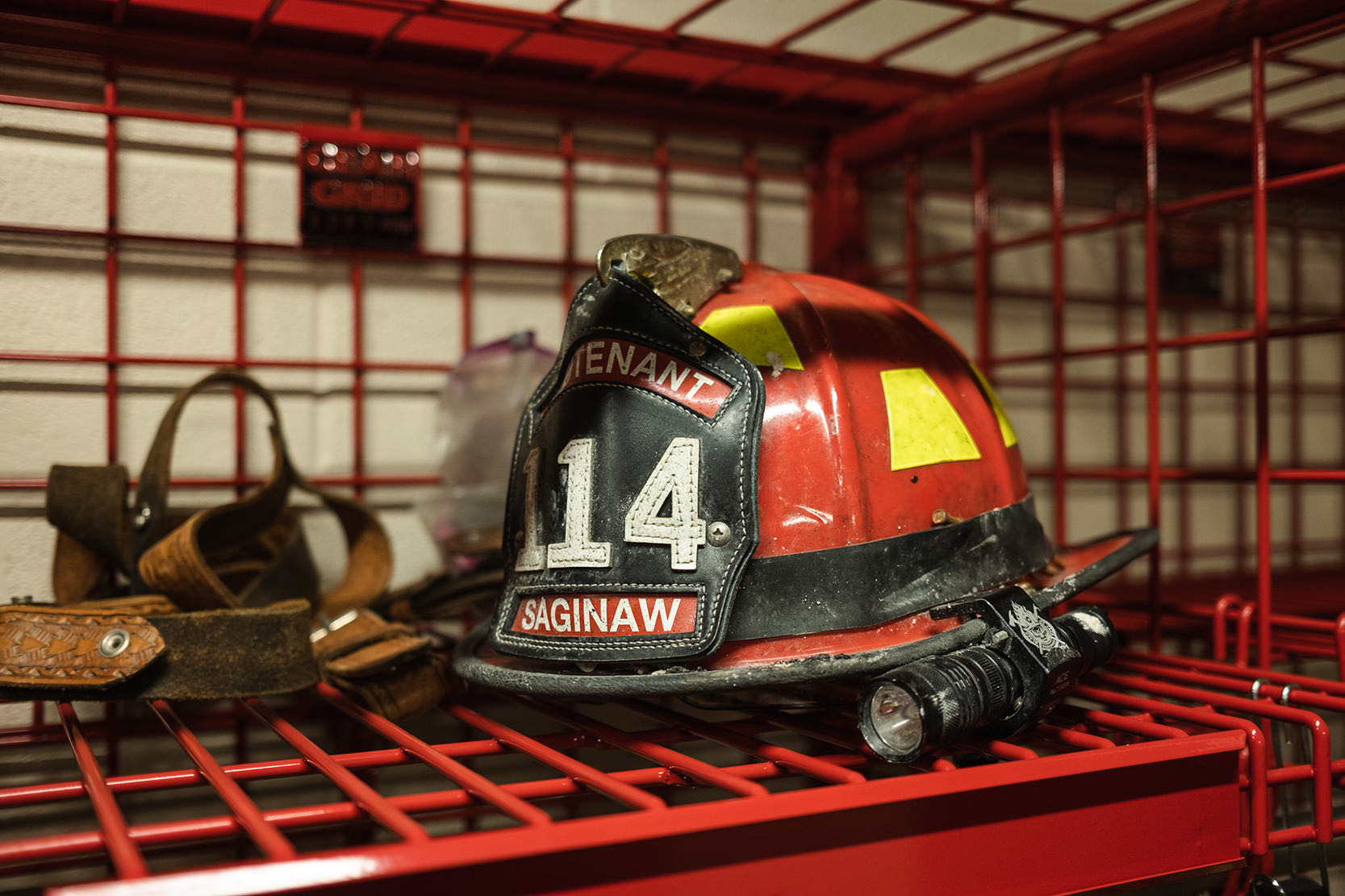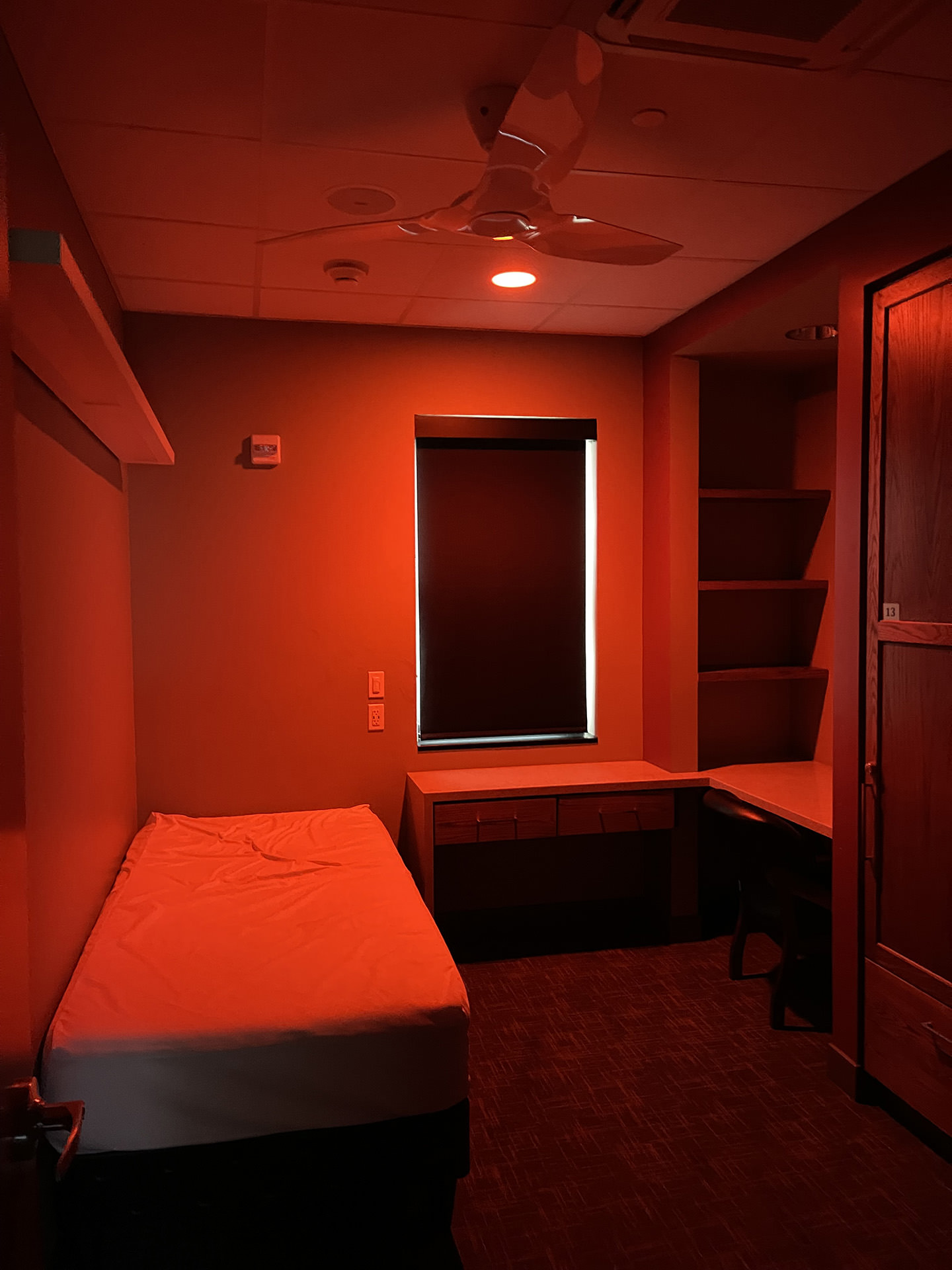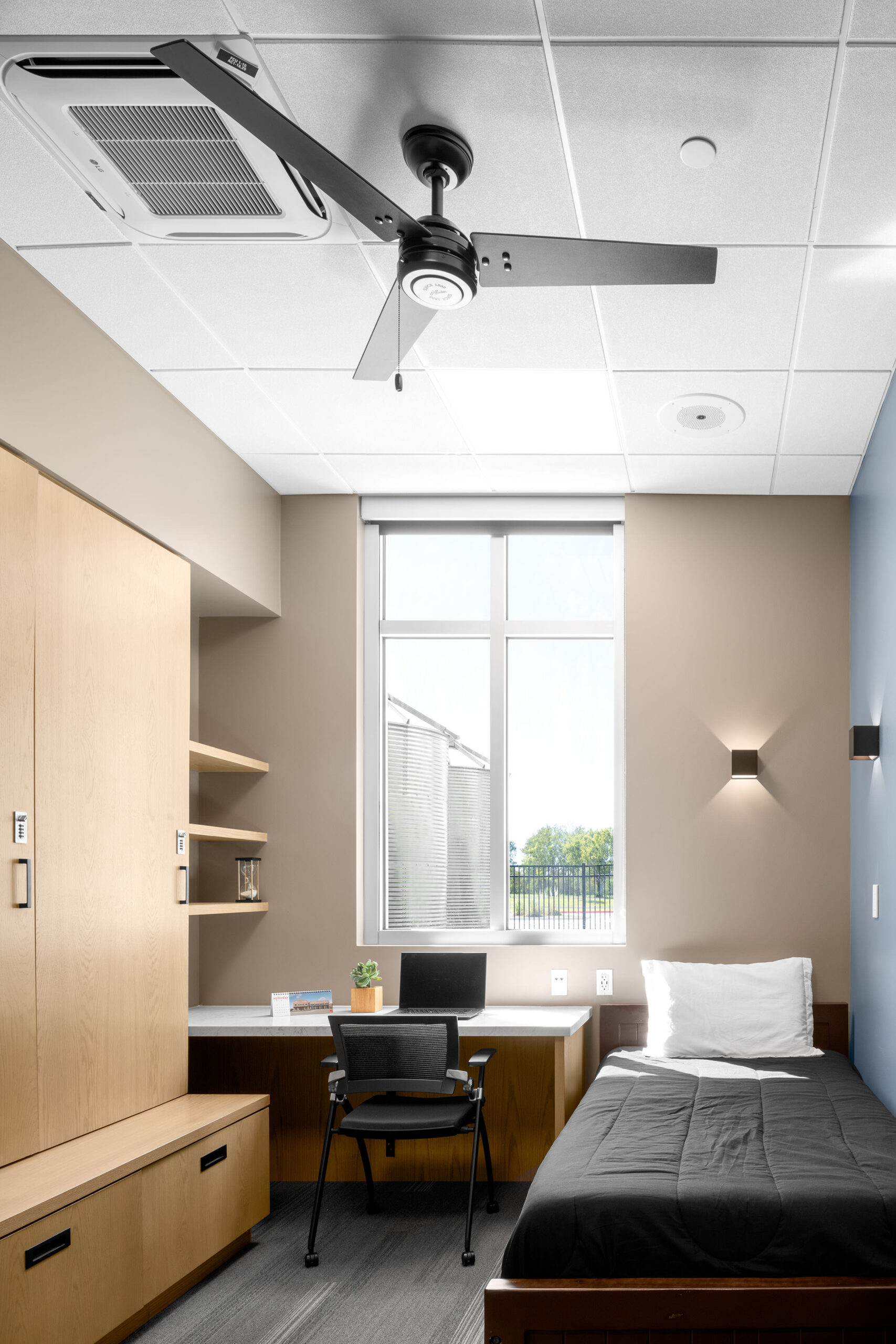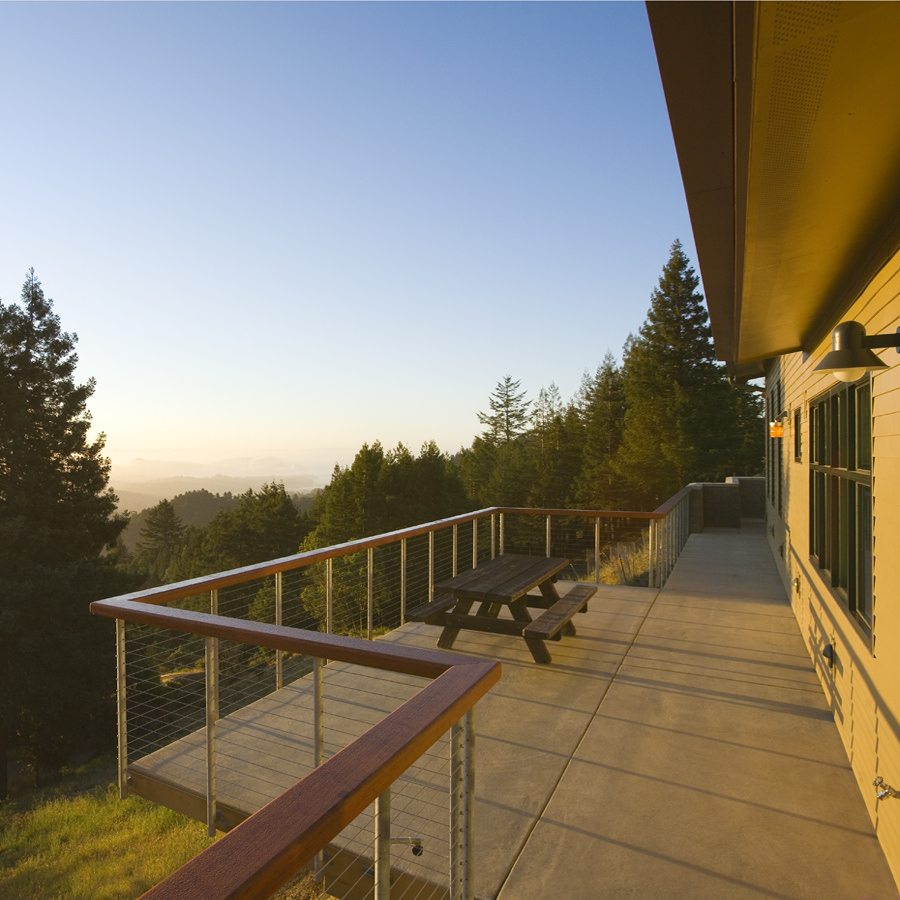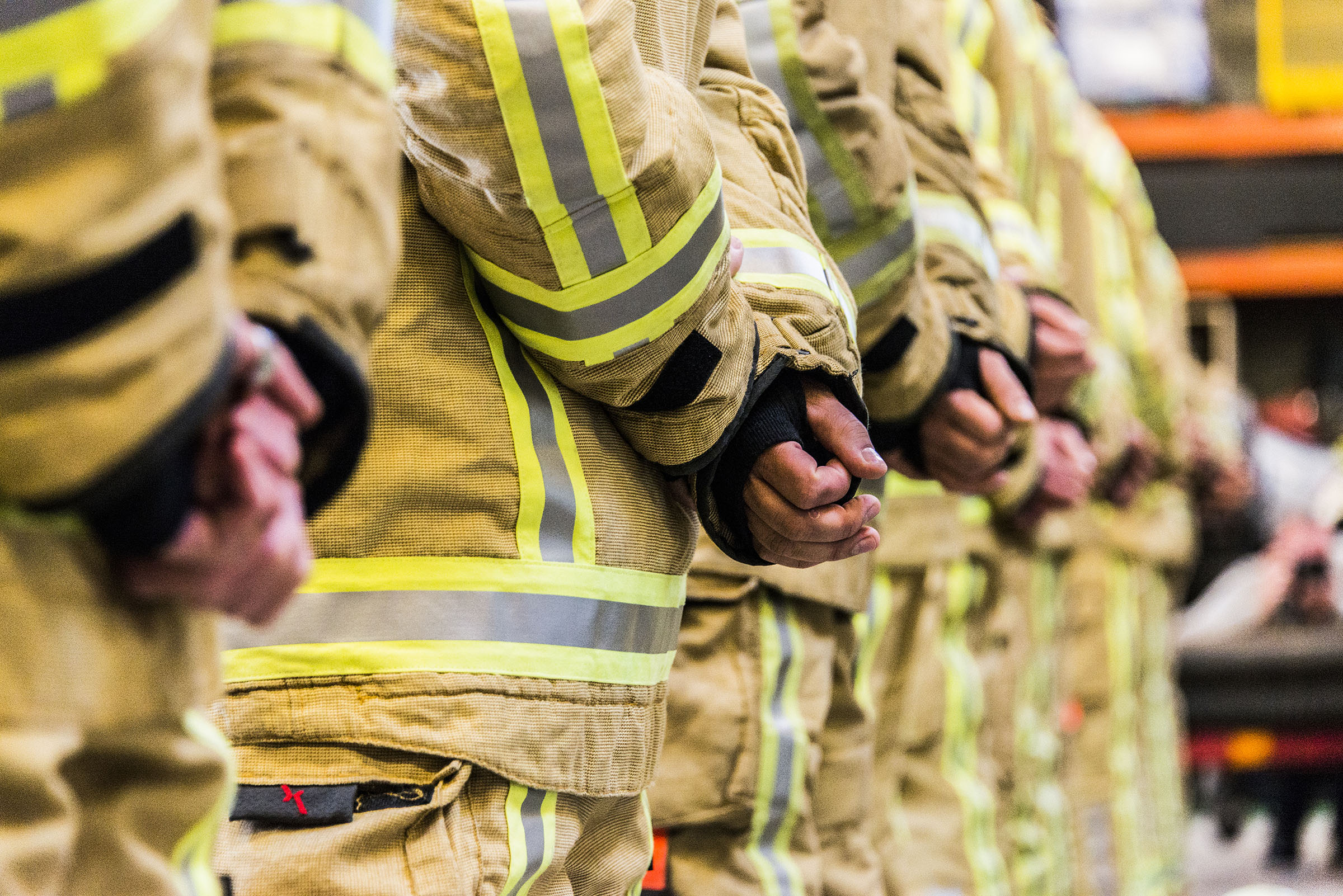Prioritizing Firefighters’ Well-Being
As valiant protectors of communities, firefighters face significant health risks, such as cancer, heart attacks, and mental illness that pose silent yet profound threats and often go unrecognized. Recent studies reveal alarming statistics: firefighters are 9% more likely to be diagnosed with cancer and face a 14% higher mortality rate from cancer compared to the general population (CDC/NIOSH)1. Additionally, sudden cardiac arrest is identified as the leading cause of death among on-duty firefighters (NFPA)2, and first responders develop post-traumatic stress at a similar rate to military service members returning from combat (USFA/FEMA)3. Recognizing these threats, innovative approaches to facility design are paramount to safeguarding health and well-being.
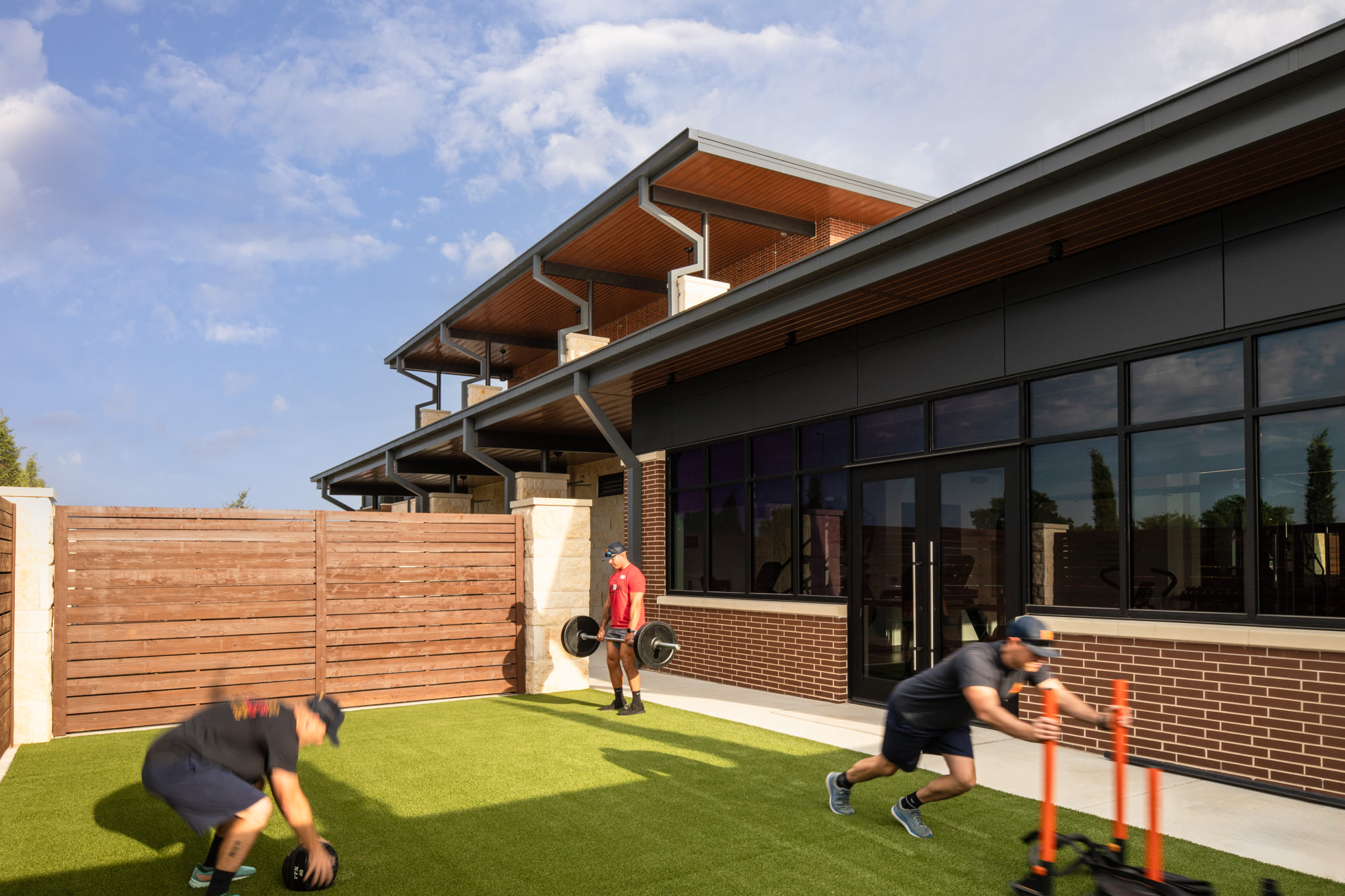
A critical aspect of our approach at BRW involves organizing firehouses into distinct hazard zones: Hot, Transition, and Cold. This strategic layout minimizes exposure to carcinogens and contaminants by isolating gear and equipment that may carry hazardous residues.
Designing Hazard Zones for Contamination Control
Hazard Zone Design: A critical aspect of our approach at BRW involves organizing firehouses into distinct hazard zones: Hot, Transition, and Cold. This strategic layout minimizes exposure to carcinogens and contaminants by isolating gear and equipment that may carry hazardous residues. Dedicated decontamination shower rooms and airlocks further enhance safety protocols, ensuring that firefighters can cleanse themselves and mitigate risks effectively.
Mitigating Diesel Exhaust Exposure
Apparatus Exhaust Systems: Diesel exhaust poses a severe cancer risk, even with modern “no smoke” systems. BRW integrates advanced ventilation solutions such as direct-source capture systems, ceiling-mounted carbon filters, and mechanical exhaust fans. We have found that the best solution is a hands-free one, thus we often also integrate timed exhaust systems which activate with the alerting system, swiftly purifying the air within the bays to safeguard firefighters from harmful pollutants.
Stress-Reducing Environments
Stress Reducing Design: Firefighting is physically and emotionally demanding. BRW designs firehouses with environments that reduce stress and promote well-being. Features like gradually illuminated red lights and adjustable volume tones in sleeping quarters minimize cardiac strain when alerting calls come in. Residential-style interior design, amenities in the kitchen, day room recliners, and outdoor patios encourage an atmosphere for relaxation and decompression.
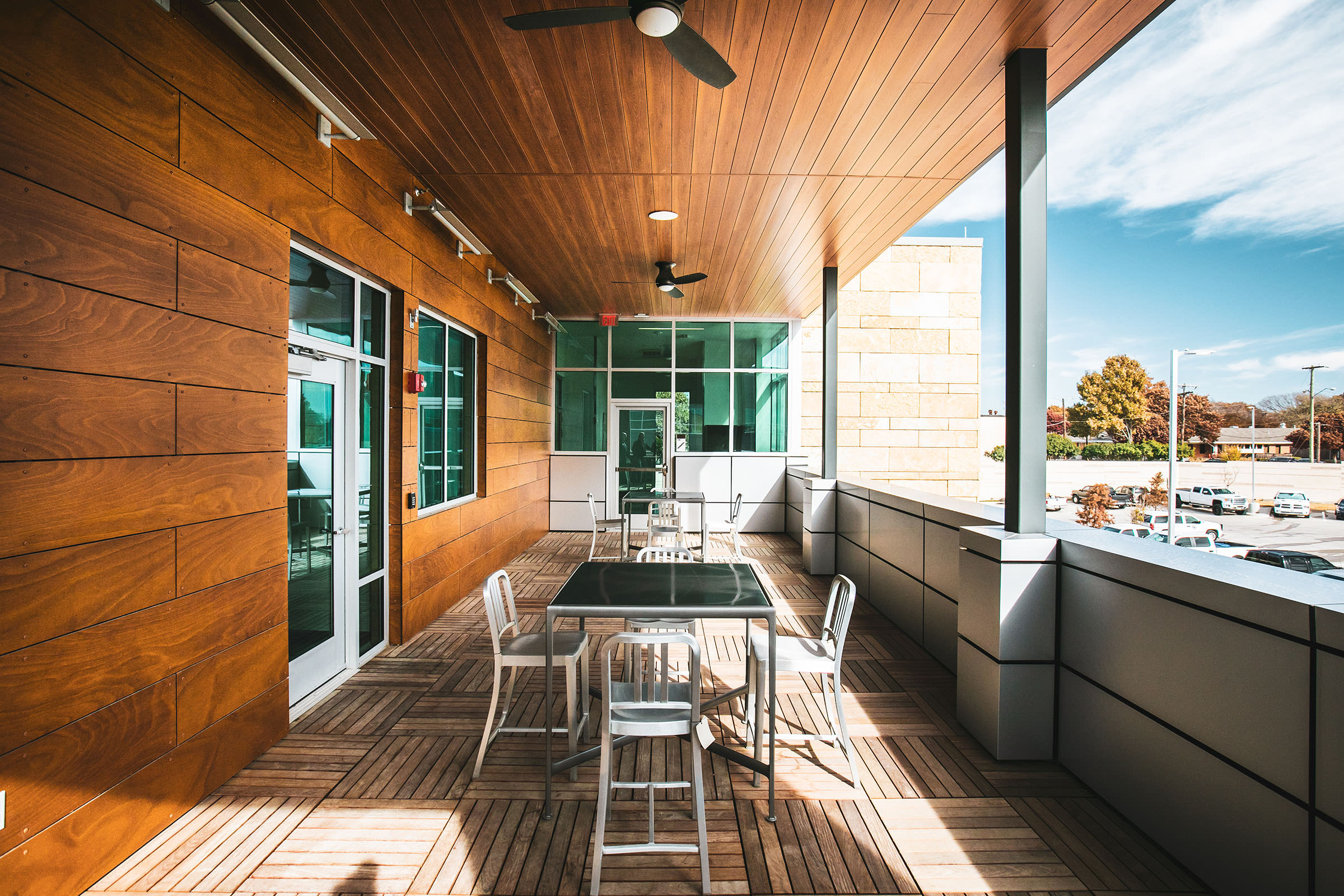
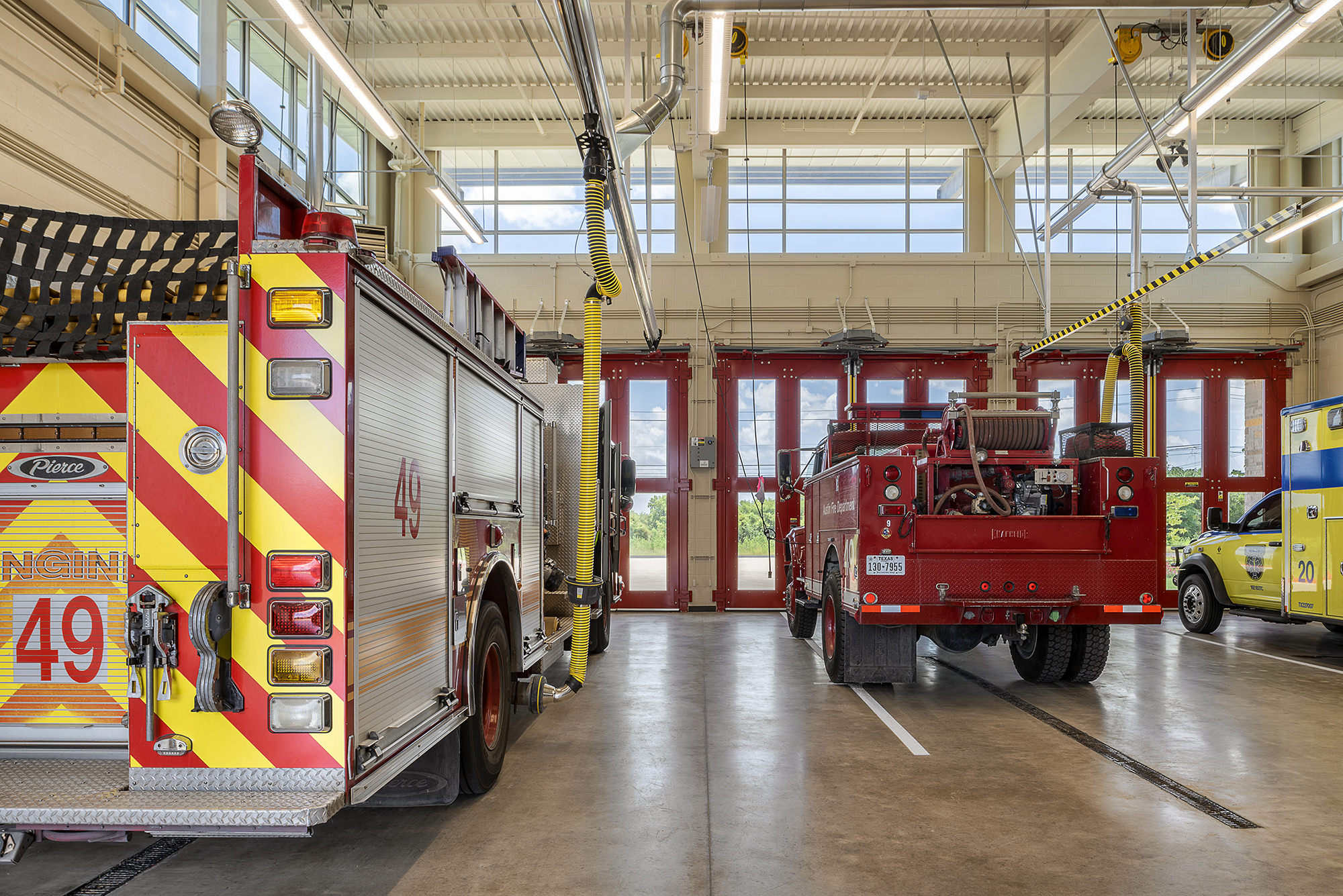
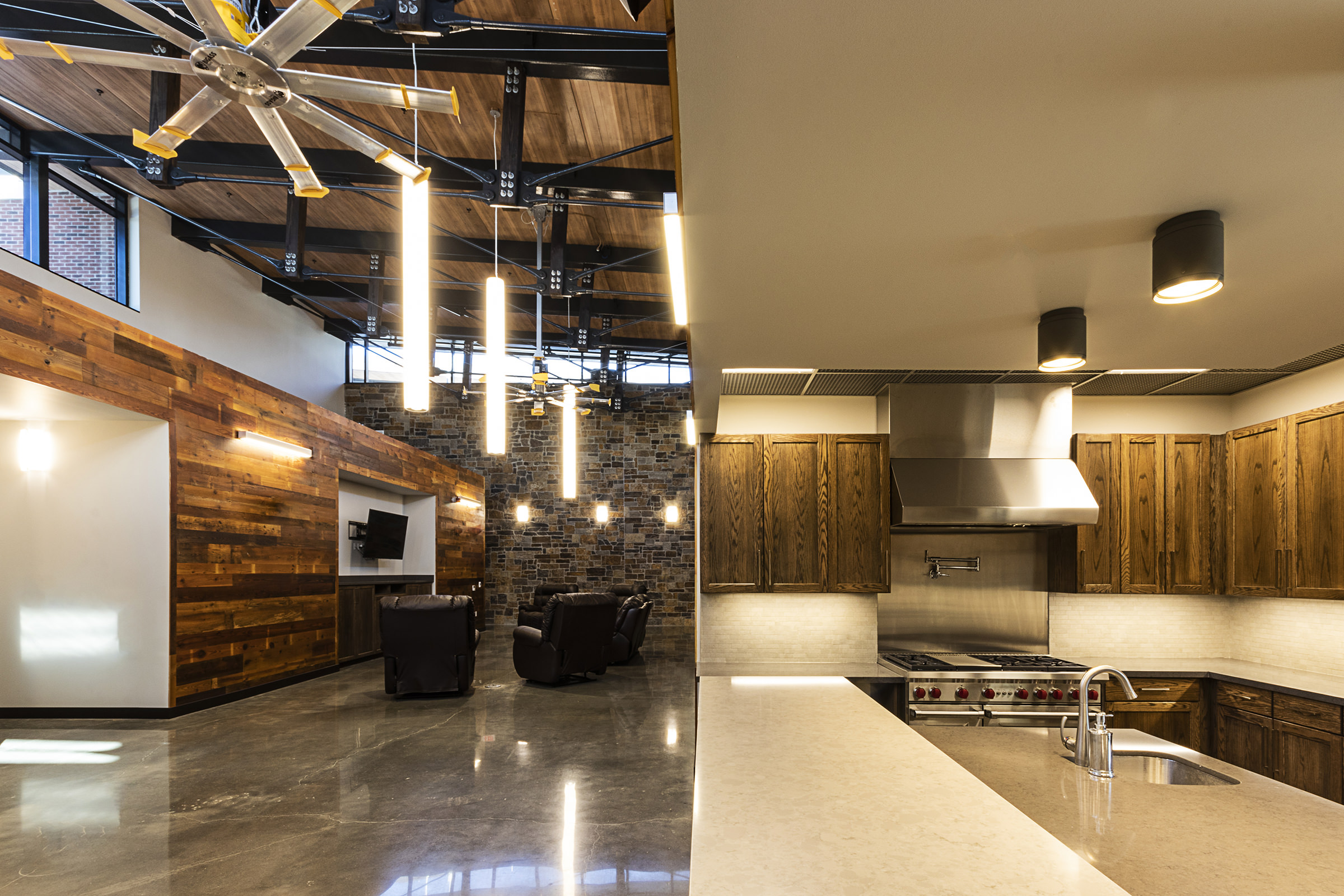
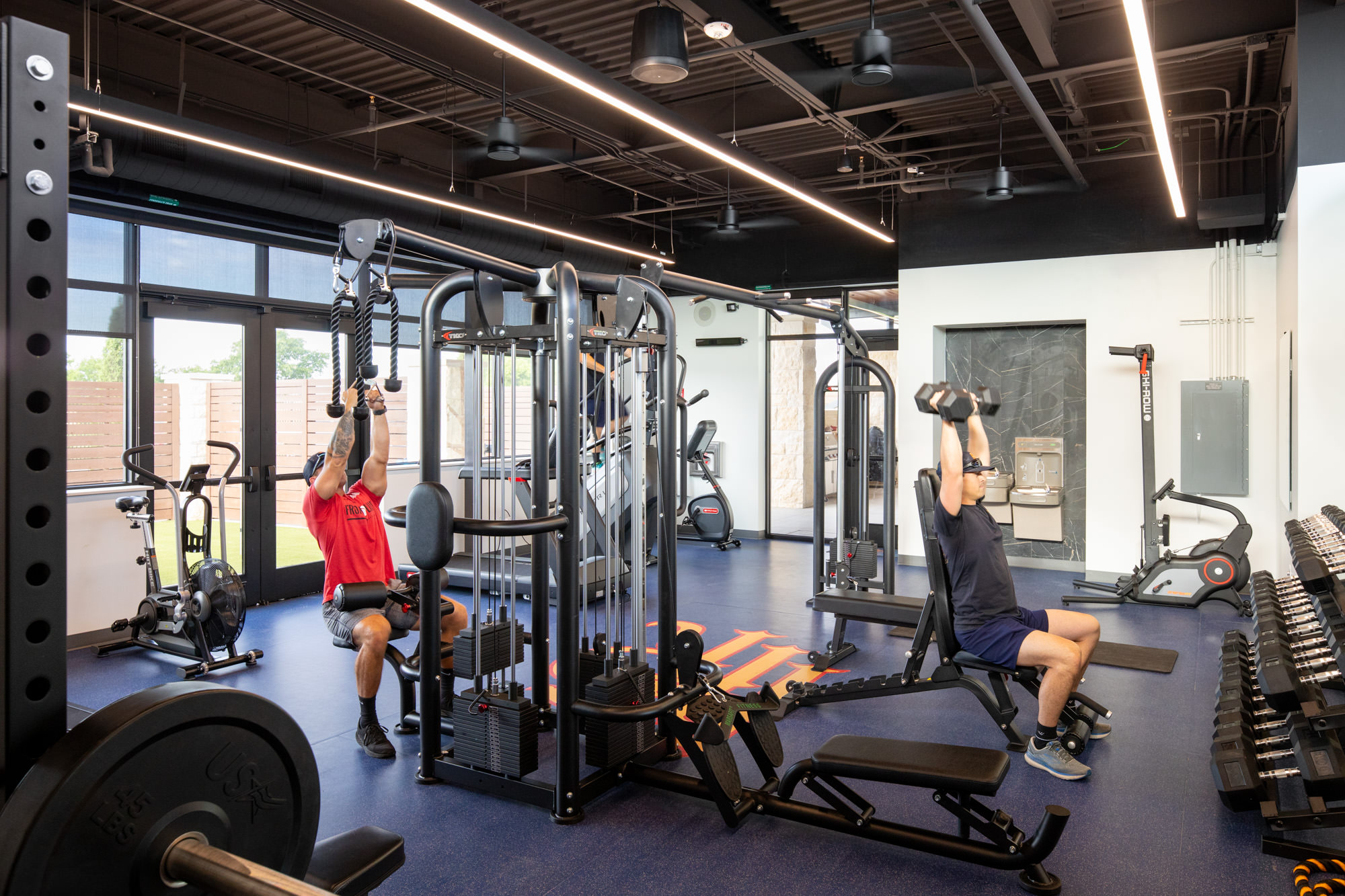
Promoting Healthy Lifestyles
Healthy Fitness Rooms: Incorporating inviting fitness facilities encourages firefighters to prioritize their physical health. These dedicated spaces feature state-of-the-art equipment, ample room for group activities, and access to natural light and outdoor views, fostering a sense of community and fitness engagement among crew members. Direct exterior access can be provided from the fitness room for outdoor-style workouts, like CrossFit.
Camaraderie-Building Kitchens: The kitchen is the heart of every firehouse. BRW designs spacious, well-equipped kitchens with natural daylight, large communal islands, and outdoor grilling areas. These settings encourage social interaction and collaborative meal preparation, crucial for building camaraderie and combating mental illness which is often experienced by first responders.
Partnering for a Safer Tomorrow
BRW integrates these thoughtful design principles into nationally recognized firehouses that champion the health and safety of those who serve our communities. Together, we can empower firefighters to prioritize their well-being without compromising on their mission to protect and save lives.
Sources:
www.cdc.gov/niosh/firefighters/health.html
www.oem.bmj.com/content/77/2/84
www.nfpa.org/education-and-research/research/nfpa-research/fire-statistical-reports/fatal-firefighter-injuries
www.usfa.fema.gov/about/usfa-events/2023-10-10-usfa-summit/mental-health-and-wellbeing/
